Tapping into Mine Water for Geothermal Energy
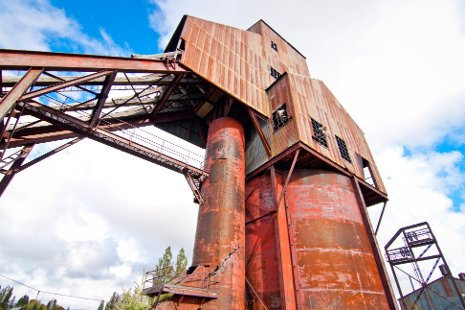
Millions of miles of tunnels criss-cross the ground under old mining communities across the United States. Abandoned, falling apart and choked with water, the tunnels are often viewed as a dangerous legacy. But the water in these mines could actually be a major geothermal resource.
Student researchers at Michigan Technological University have put together the first comprehensive guidebook communities can use to explore the feasibility of using mine water for geothermal energy to heat and cool buildings. While there is great potential for this resource, there are less than 30 active mine water geothermal systems in the world. One is at Michigan Tech’s Keweenaw Research Center just north of Houghton, Michigan.
Design Local, Act National
The research team worked with the University's Keweenaw Research Center and community leaders in Calumet to understand the local potential. In fact, the idea for this project came from community members in Calumet, and especially Elmore Reese at Main Street Calumet.
The team will present its work to the public in Calumet, Mich., on April 6, in the atrium of the Calumet – Laurium – Keweenaw (CLK) School from 7 to 9 p.m. Community members can interact with a tabletop model showing how mine water geothermal works, calculate the distance from their own home to the nearest mine shaft and make approximate cost calculations for installation and pay-back, using a calculator tool. People of all ages are welcome.
The following week, April 11 to 13, the team will take its presentation to Washington, D.C., for the National Sustainable Design Expo, a student design competition supported by the Environmental Protection Agency (EPA). The project is funded by a People, Prosperity and Planet (P3) grant through the EPA. The researchers will find out about a second round of funding at the expo.
Mine Water Geothermal
Michigan Tech graduate student Edward Louie spearheaded the project as part of his master’s degree work in energy policy.
“With mine water, you can draw lots of heat from it without it cooling down,” Louie says, explaining that the mine water in the Keweenaw stays around 53 to 55 degrees Fahrenheit year-round. These temperatures can then be used to heat or cool buildings using simple technology: mostly pipes, heat exchangers and heat pumps.
“A heat pump is simply a device that can move and concentrate heat with relatively little energy input,” Louie says, adding the equipment has been around since the 1970s. “The efficiency of heat pumps has gotten better; their reliability has gotten better, but the technology itself is not from Star Trek.”
Louie compares a geothermal heat pump to a refrigerator, which acts as a heat pump. The refrigerator compressor uses a little electricity to move a lot of heat, he explains. It concentrates the heat, moving it out the back, and puts the cold inside. "That’s why the back of your fridge is warm ,and that’s why your freezer is freezing cold.”
In a geothermal heating system, the heat pump concentrates a relatively small amount of heat from the mine water, which remains much warmer than the winter outside air, into comfortable temperatures for heating a building. “It's like the back of the fridge is placed in your house,” Louie says. “So, it’s dumping the heat in a warmer form into your house.”
For cooling, the heat pump works in reverse, dumping cooler air into the building. And for every unit of energy used to power the heat pump to do this exchange, the pump can move four — sometimes more — units of heat.
Geothermal systems are inherently flexible, depending on location and the quality of the mine water. In the Keweenaw, where pure copper was mined, the mine water is relatively clean. In other areas, mine water laden with heavy metals and acid corrodes equipment. For this reason, Louie and his team outline several open and closed loop systems in the mine water geothermal guidebook.
Closed loop systems help protect equipment from corrosive mine water by exchanging heat outside a loop of corrosion resistant pipes placed inside the mineshaft. The mine water itself is never pumped. In open loop systems, the mine water is pumped and makes contact with a metal heat exchanger. The advantage is increased efficiency and less piping, but the mine water has to be clean enough.
Keweenaw Research Center
At the Keweenaw Research Center (KRC), they pipe the mine water up from 300 feet below the surface. Through a big heat exchanger, the mine water cools or heats a closed loop system within the building.
“It’s just like the radiator in your car,” says Jay Meldrum, director of the Keweenaw Research Center. “The water always stays inside the pipes and is mixed with glycol so it doesn’t freeze.”
The water-glycol mix circulates and runs through 18 heat pumps throughout the center’s main building. Meldrum says he hopes to expand geothermal on the site and is planning a new, smaller system in a separate building.
“We hope to use geothermal as an educational resource,” he says. “It’s also an area we want to continue doing research in.”
With so few active systems, the KRC is a unique resource for people living in the region. Tapping into the mine water is also a tribute to the area’s history, says Richelle Winkler, a sociology and demography researcher at Michigan Tech who works with Louie and Meldrum.
“Using the mine water for geothermal energy creates an opportunity to recast community identity,” Winkler says, “which both celebrates the mining heritage and promotes progress forward in an environmentally sustainable way.”
With so much room for expansion, the Keweenaw could become a hub for mine water geothermal. And through the guidebook, Louie, Winkler and their collaborators could help shape a widespread environmental problem into a solution and resource.
Student contributors to this project include: Krista Blumberg, Andrew Garrod, Kayla Warsko, David Anna, Dana Savage, Nicolette Slagle, Melissa Michaelson, Theresa Tran, Adrienne Masterton, Eric Macleod and Edward Louie.
Michigan Technological University is an R1 public research university founded in 1885 in Houghton, and is home to nearly 7,500 students from more than 60 countries around the world. Consistently ranked among the best universities in the country for return on investment, Michigan's flagship technological university offers more than 185 undergraduate and graduate degree programs in science and technology, engineering, computing, forestry, business, health professions, humanities, mathematics, social sciences, and the arts. The rural campus is situated just miles from Lake Superior in Michigan's Upper Peninsula, offering year-round opportunities for outdoor adventure.
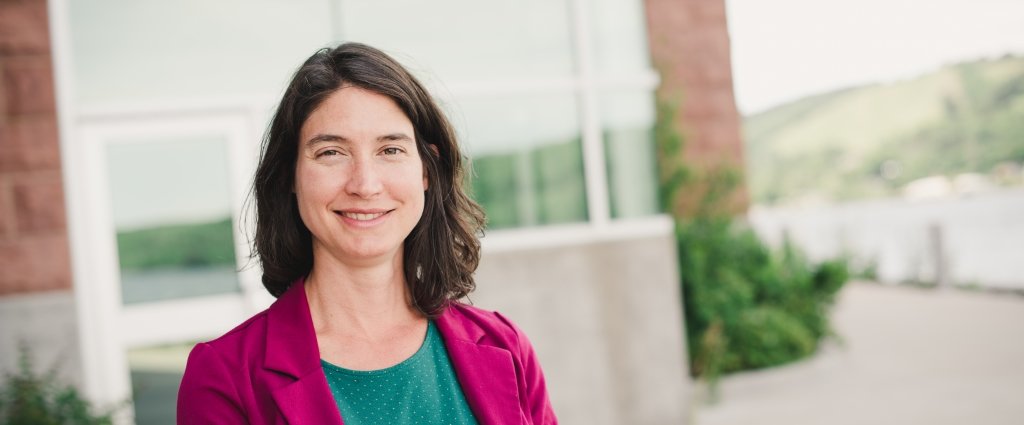
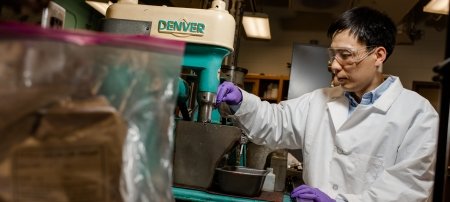
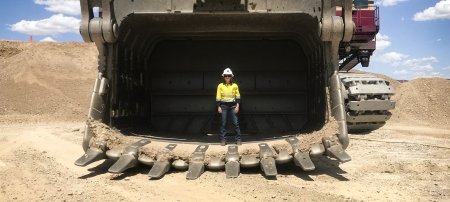
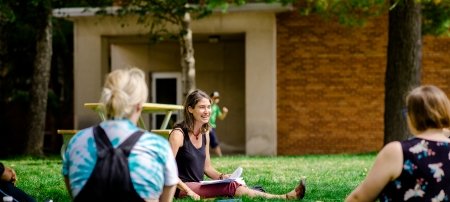
Comments